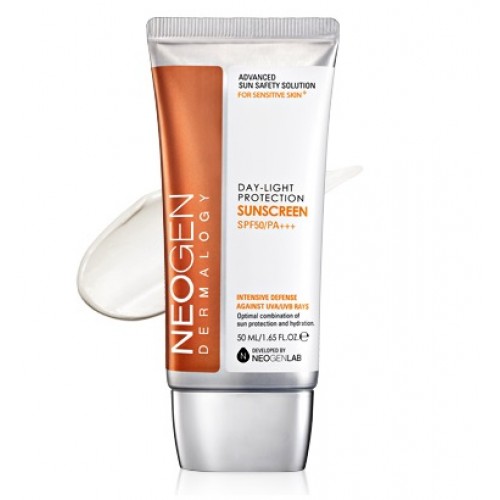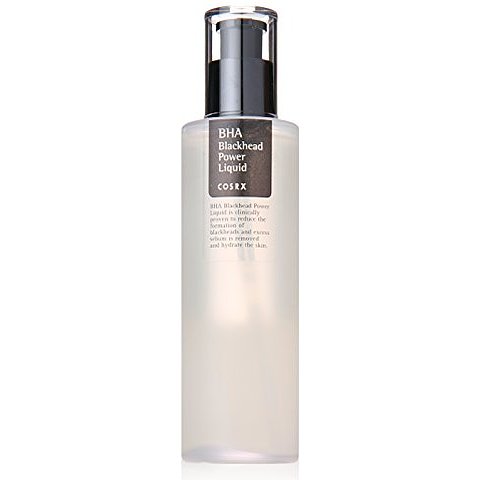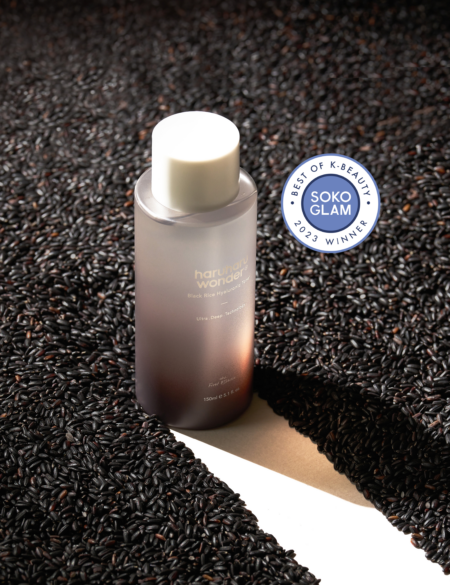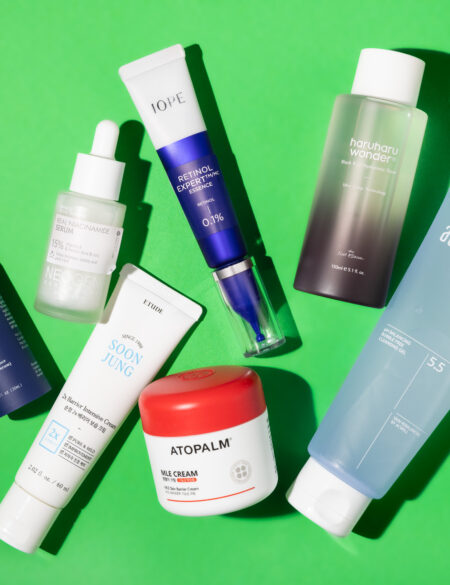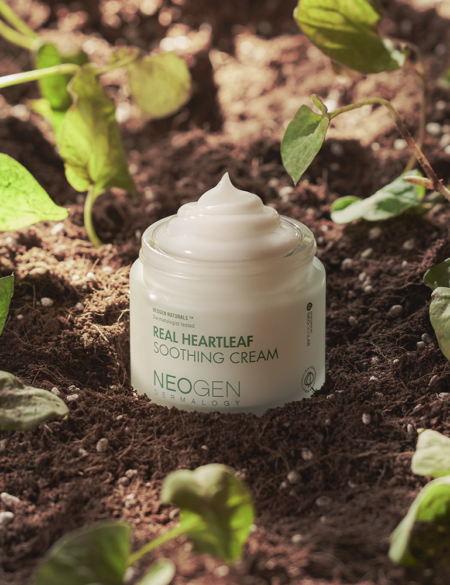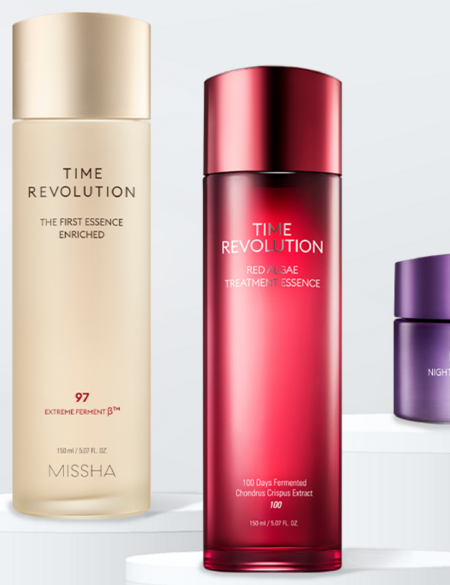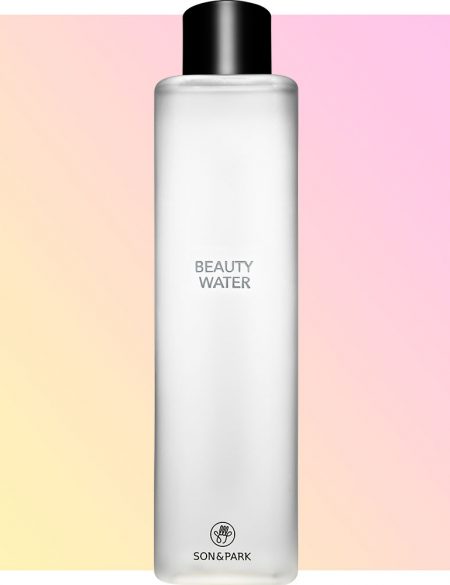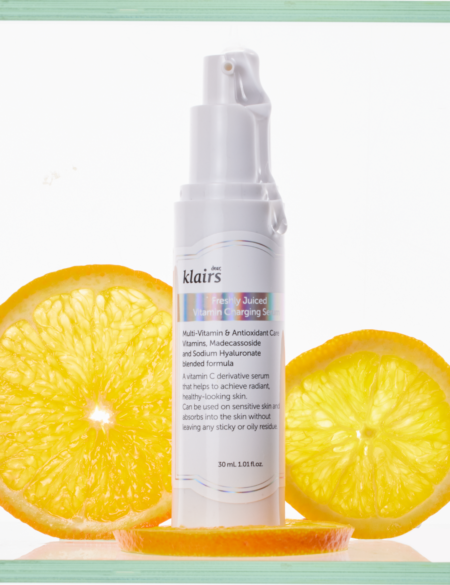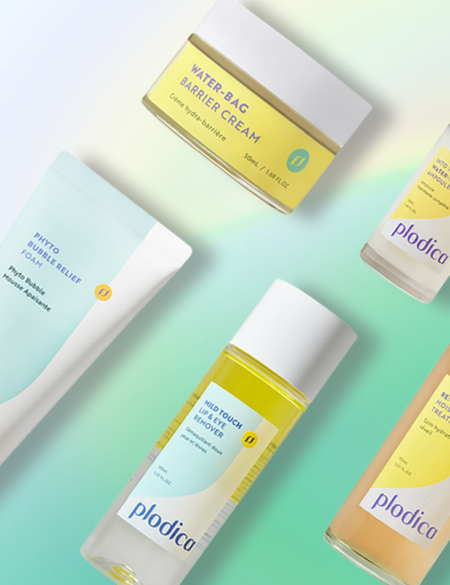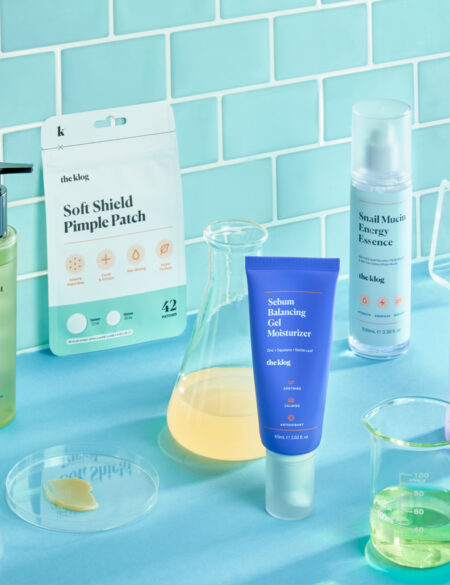A few things have changed now that I’m solidly in my thirties. These days, whenever I get a facial, my esthetician always suggests adding on a peel of some kind. My initial instinct was definitely against the whole thing. Peels seemed so harsh and drastic, and I’ve always been wary of doing anything drastic to my face—there’s just no room for error there.
But after hearing my facialist go on (and on) about the benefits of peels, I slowly began to come around. The cool thing is that peels are a kind of one-step cure-all for a lot of skin issues—if you’ve got 99 skin problems, a peel’s the one thing can help most of them. Peels can do it all: treat wrinkles caused by sun damage and aging; improve the appearance of mild scars; treat certain types of acne; reduce age spots, freckles, and dark patches due to hormones; even improve the look and feel of skin. They also come in a variety of strengths, so you can control just how drastic a treatment you’re getting yourself into. I chatted with Maryann Mikhail MD of Spring Street Dermatology in New York City to see what exactly my options were.
Dr. Mikhail explained that while physical exfoliation (from scrubs, brushes, and sonic devices) is fine for general dead-skin-sweeping, chemical exfoliation has a more targeted purpose. “Salicylic acid peels work well for acne,” she says. “Glycol acid peels are great for rejuvenation and lightening.” It’s important to go through your full medical and skin history when consulting with your dermatologist so you get treatments customized to your specific skin type—just because your friend is raving about her glycolic peel doesn’t necessarily mean it’ll work the same wonders for you. Dr. Mikhail also warned against the DIY approach. “We’ve seen many burns from home peels that can result in scarring,” she says. But that only goes for the heavy-duty ones: “Gentle chemical exfoliation with a glycol or salicylic acid wash would be okay for home use.”
So what does the process actually look like, step by semi-drastic step? First, your aesthetician or dermatologist applies a thin layer of chemical solution to your skin (typically your face, neck or hands), leaves it on for a few minutes, then wipes it off. You might experience some tightness or a stinging, burning sensation. The skin blisters and eventually peels off. Ideally, the new skin that emerges is smoother and tighter than before. With very gentle peels, you may not notice any blistering or redness at all, just slight tenderness or flakiness. It all depends on the peel. Start small if you’re nervous.
Certain types of physical exfoliation, when administered in a professional setting, can act as a booster to your chemical treatments. “Microdermabrasion often helps enhance the effects of a peel. Alone, it can help with skin brightening,” says Mikhail. That’s good news for someone who might have sun damage, melasma, or dark spots. A chemical peel and microdermabrasion can be done at the same time as long as you have a very experienced aesthetician who can detect if the treatment is going too deep. Post treatment, your skin is extra sensitive to the sun, so it’s more important than ever to wear broad spectrum sunscreen, limit time spent outdoors, and wear a hat whenever possible.
So next time she mentions it, I might just let my esthetician tack on a peel. At least I know there’s nothing to fear.
Editor’s Note: Read more about at-home chemical vs. physical exfoliation on The Klog.



